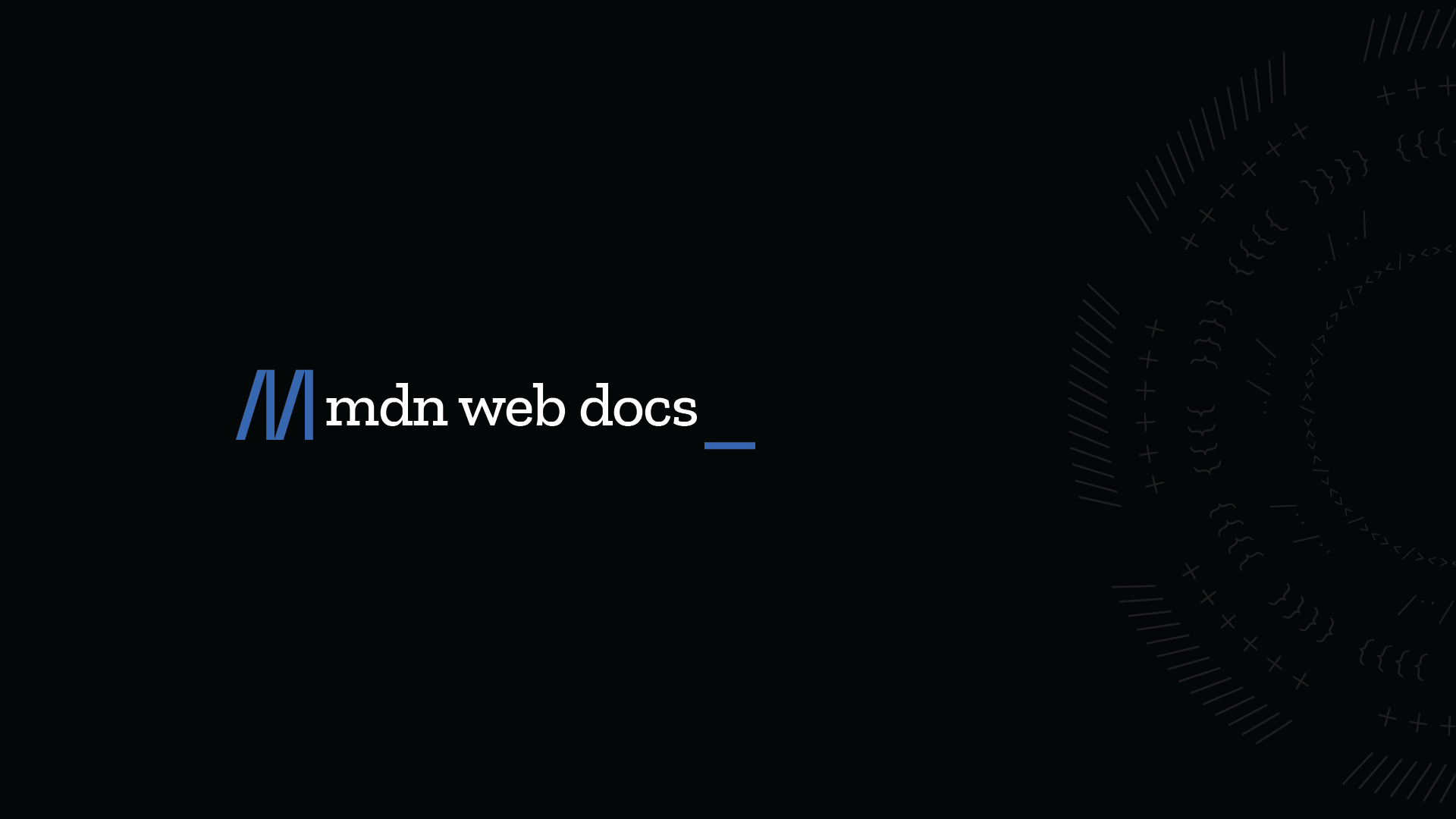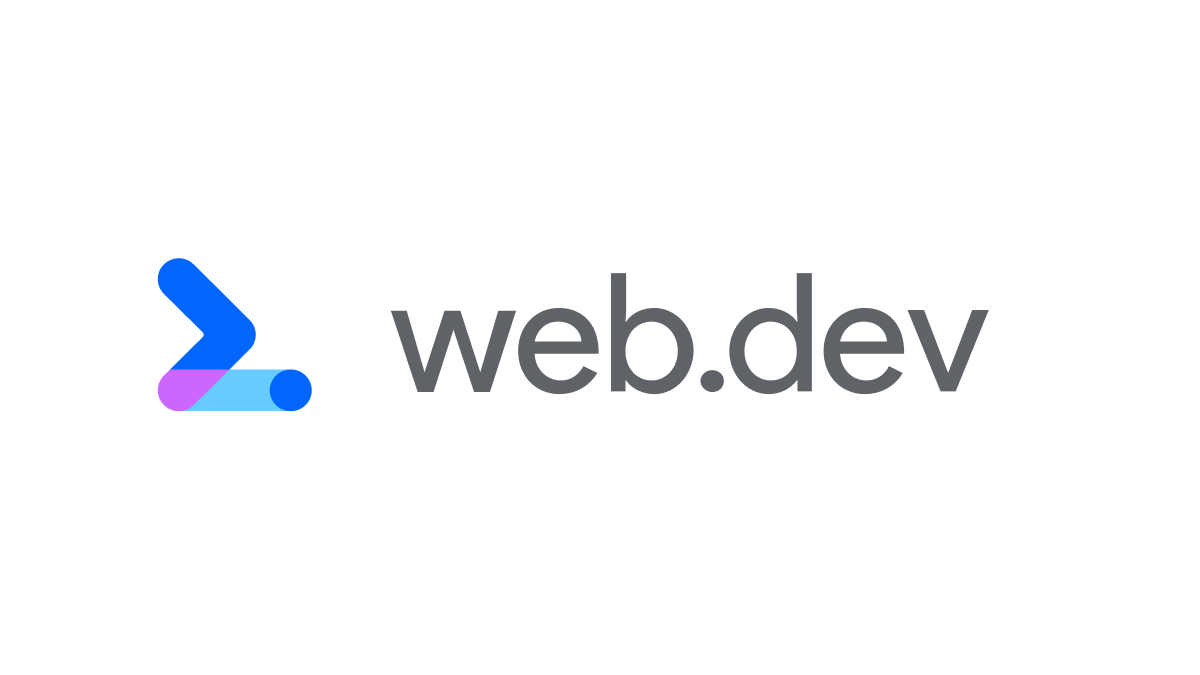Local storage, introduced as part of the Web Storage API in HTML5, provides a more robust and spacious alternative to cookies for storing data on the client side. This mechanism allows web applications to persistently store larger amounts of data in the user’s browser, offering several advantages over traditional cookie storage.

Key Features of Local Storage
Local storage offers several distinct features that make it a powerful tool for client-side data persistence:
- Increased capacity: Local storage typically provides around 5–10MB of storage space per domain, significantly more than the 4KB limit of cookies.
- Simplified API: The local storage API offers straightforward methods for setting, getting, and removing data, making it easy for developers to work with.
- Persistence across sessions: Data stored in local storage remains available even after the browser window is closed, persisting until explicitly cleared.
- Origin-based security: Local storage is subject to the same-origin policy, meaning that another cannot access data stored by one domain.
- Synchronous operations: Local storage operations are synchronous, which can be an advantage and a limitation, depending on the use case.
These features make local storage an attractive option for storing user preferences, cached data, and other non-sensitive information that needs to persist across multiple sessions.

Working with Local Storage
Interacting with local storage is straightforward, thanks to its simple API. Here are the primary methods used for working with local storage:
1. Setting an item:
localStorage.setItem('key', 'value');2. Getting an item:
const value = localStorage.getItem('key');3. Removing an item:
localStorage.removeItem('key');4. Clearing all items:
localStorage.clear();
It’s important to note that local storage only supports string values. To store complex data structures, developers typically use JSON serialization:
const user = { name: 'John Doe', age: 30 };
localStorage.setItem('user', JSON.stringify(user));
const storedUser = JSON.parse(localStorage.getItem('user'));Use Cases and Best Practices for Local Storage
Local storage is well-suited for a variety of use cases in web development:
- Storing user preferences: Theme settings, language choices, and other user-specific configurations can be saved in local storage for a consistent session experience.
- Caching application data: Non-sensitive data that doesn’t change frequently can be cached in local storage to reduce server requests and improve performance.
- Offline functionality: Local storage can store data needed for offline access to web applications.
- Form data persistence: Saving form data in local storage can help prevent data loss if a user accidentally navigates away from a page.
- Performance optimization: Storing frequently accessed data locally can significantly reduce load times and improve the overall user experience.
When using local storage, it’s essential to follow these best practices:
- Avoid storing sensitive information: Local storage is not secure for storing passwords, tokens, or other sensitive data.
- Implement data expiration: Since local storage doesn’t automatically expire data, implement a mechanism to clear outdated information.
- Handle storage limits: Be prepared to handle cases where the limit is reached and implement fallback mechanisms.
- Use feature detection: Always check for local storage support before using it, as some browsers may have it disabled.
- Consider data synchronization: If the same data is stored across multiple devices, implement a strategy for keeping it in sync.
By following these practices, developers can effectively leverage local storage to enhance their web applications while maintaining good performance and user experience.

Security Implications of Local Storage: Encryption and Decryption
While Local Storage provides a convenient way to store data on the client side, it’s crucial to understand that it doesn’t offer built-in encryption. This makes it vulnerable to various security threats, especially when storing sensitive information. Implementing encryption and decryption for Local Storage data is an essential security measure for protecting user information.
Why Encrypt Local Storage Data?
- Protection Against XSS Attacks: Encrypted data is meaningless to attackers who gain unauthorized access through cross-site scripting.
- Mitigation of Physical Access Risks: Encrypted data remains protected if someone gains physical access to the device.
- Compliance Requirements: Many data protection regulations require encryption of user data, even on the client side.
- Defense in Depth: Encryption adds an extra layer of security to your application’s overall security strategy.
Encryption and Decryption Process
Encryption:
- Choose an Encryption Algorithm: AES (Advanced Encryption Standard) is widely used and considered secure.
- Generate a Key: Create a vital encryption key. This could be derived from a user’s password or a server-provided token.
- Encrypt the Data: Use the chosen algorithm and key to encrypt the data before storing it in Local Storage.
Decryption:
- Retrieve the Encrypted Data: Fetch the encrypted data from Local Storage.
- Obtain the Decryption Key: Use the same key used for encryption.
- Decrypt the Data: Use the encryption algorithm and key to decrypt the data.
Implementation Considerations
Optimizing Client-Side Storage for Performance
To maximize the performance benefits of client-side storage, consider the following optimization strategies:
- Minimize storage operations: Batch write operations and avoid unnecessary reads/writes to reduce the performance impact of storage operations.
- Use appropriate storage methods: Choose the correct method based on data lifespan and access patterns. For example, session storage can be used for temporary data and local storage for long-term persistence.
- Implement caching strategies: Use client-side storage to cache frequently accessed data or resources, reducing network requests:
function fetchData(url) {
const cachedData = localStorage.getItem(url);
if (cachedData) {
return JSON.parse(cachedData);
}
const response = await fetch(url);
const data = await response.json();
localStorage.setItem(url, JSON.stringify(data));
return data;
}Implement data expiration: Set expiration times for cached data to ensure that stale information does not persist indefinitely:
function setWithExpiry(key, value, ttl) {
const now = new Date();
const item = {
value: value,
expiry: now.getTime() + ttl,
};
localStorage.setItem(key, JSON.stringify(item));
}
function getWithExpiry(key) {
const itemStr = localStorage.getItem(key);
if (!itemStr) return null;
const item = JSON.parse(itemStr);
const now = new Date();
if (now.getTime() > item.expiry) {
localStorage.removeItem(key);
return null;
}
return item.value;
}Compress stored data: For larger datasets, consider compressing the data before storage to reduce the amount of space used:
import { compress, decompress } from 'lz-string';
function setCompressed(key, value) {
const compressed = compress(JSON.stringify(value));
localStorage.setItem(key, compressed);
}
function getCompressed(key) {
const compressed = localStorage.getItem(key);
if (!compressed) return null;
return JSON.parse(decompress(compressed));
}- Use IndexedDB for large datasets: For applications dealing with large amounts of structured data, consider using IndexedDB instead of local storage for better performance with large datasets.
- Implement lazy loading: Use client-side storage in conjunction with lazy loading techniques to defer the loading of non-critical resources:
function lazyLoadImage(url) {
const cachedImage = localStorage.getItem(url);
if (cachedImage) {
return cachedImage;
}
const img = new Image();
img.src = url;
img.onload = () => {
const canvas = document.createElement('canvas');
canvas.width = img.width;
canvas.height = img.height;
canvas.getContext('2d').drawImage(img, 0, 0);
localStorage.setItem(url, canvas.toDataURL());
};
return url;
}Measuring and Monitoring Performance
To ensure that client-side storage is positively impacting your application’s performance, implement monitoring and measurement strategies:
- Use browser developer tools: Leverage browser developer tools to analyze storage usage and performance impacts.
- Implement performance tracking: Use the Performance API to measure and track the impact of storage operations on your application.
const storagePerformance = window.performance.getEntriesByType('resource')
.filter(entry => entry.initiatorType === 'storage');
console.log('Storage Performance:', storagePerformance);- A/B testing: Conduct A/B tests to compare the performance of your application with and without client-side storage optimizations.
- User-centric performance metrics: Monitor real-user metrics such as First Contentful Paint (FCP) and Time to Interactive (TTI) to assess the impact of storage strategies on user experience.
- Implement error handling and logging: Set up proper error handling and logging for storage operations to identify and address performance issues.
try {
localStorage.setItem('key', 'value');
} catch (e) {
console.error('Storage operation failed:', e);
// Implement fallback mechanism or error reporting
}By carefully considering these performance aspects and implementing appropriate optimization strategies, developers can harness the full potential of client-side storage to create fast, responsive, and efficient web applications.
Conclusion
Local Storage provides a powerful and easy-to-use solution for storing persistent client-side data in web applications. Its ability to retain data across browser sessions, combined with its simplicity and performance benefits, makes it an invaluable tool for modern web development. However, developers must use it judiciously, always considering security implications and implementing best practices to ensure robust and secure applications.
As with any technology, the key to effectively utilizing Local Storage lies in understanding its strengths, limitations, and appropriate use cases. When used correctly, Local Storage can significantly enhance the performance, responsiveness, and user experience of web applications, creating more powerful and user-friendly web experiences.




